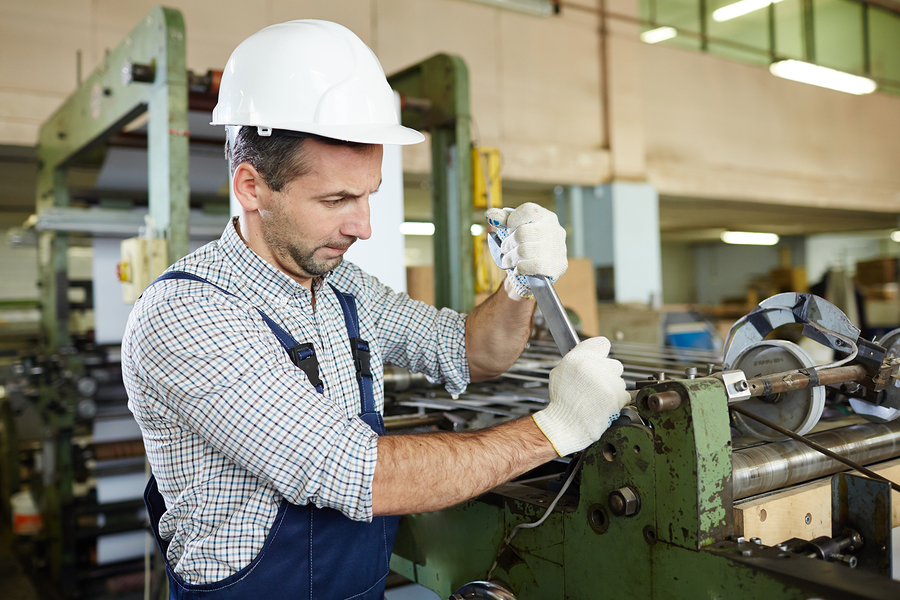In a study of automation and the human presence in Industry 4.0, industrial analytics firm Drishti Technologies estimates that human workers continue to perform roughly 72% of all industrial maintenance tasks. This data comes from a survey of more than 100 factory leaders. The study claims that while technology innovations continue to unlock potential within factories, humans remain invisible to modern analytics. This makes it hard to connect the dots between the tasks of a present labor force and automation technologies to assist them.
Drishti’s study appears to contradict many of the sensationalist headlines claiming the demise of the factory worker or an unprecedented takeover of automation. But more than downplaying the urgency of Industry 4.0, the study focuses on another problem: How to account for innovation opportunities. If modern analytics aren’t accounting for human workers, how can modern technologies address the tasks they’re performing?
From the study, roughly “37 percent of skilled engineers’ time is spent gathering analytics data manually.” What are we doing with that data? And more importantly, what steps are being taken to utilize it?
The gap between humans and tech
Humans and technology have always worked in harmony on the factory floor. Even in the age of Industry 4.0, there’s still a balance. Nowhere is this more prevalent than industrial maintenance. However, it’s also the best example of the gap between workforce and automation.
![]() Using the industrial internet of things (IIoT), factory techs have access to an abundance of data. For example, it’s easy to see data like part cycle life, previous scheduled maintenance, operation logs, and much more. Improved data quality has given way to better predictive maintenance, more comprehensive overall maintenance, and less machine downtime. But it hasn’t solved the problem of who is doing the work! That task is still left to human workers.
Using the industrial internet of things (IIoT), factory techs have access to an abundance of data. For example, it’s easy to see data like part cycle life, previous scheduled maintenance, operation logs, and much more. Improved data quality has given way to better predictive maintenance, more comprehensive overall maintenance, and less machine downtime. But it hasn’t solved the problem of who is doing the work! That task is still left to human workers.
Right now, IIoT delivers data, and human workers use that data — but this largely marks the extent of collaboration. Until factory technologies reach the point where they take tasks out of the hands of workers, Industry 4.0 won’t reach its full potential. To do this, the data needs to account for the work itself.
The factory of the future
There are a lot of far-flung ideas about what the future of factory operations will look like. Almost universally, however, these predictions preclude human workers. Will we ever reach a point where human workers are irrelevant? It’s possible, but getting there will take major strides in accounting for the current workforce.
Consider some of the potential facets of a future factory and why accounting for human workers is so important for developing automation in these sectors:
- Predictive maintenance — Repairing a machine before breakdown means minimal downtime. While data may give us insight as to when, humans are still the how when it comes to repairs.
- Mass customization — Factory changeovers are manually done today. For automation to take over, factory mobility needs to improve with automations that recognize unique characteristics and are smart enough to adapt the manufacturing process around them.
- Quality control adaptation — Machines may be better at identifying defects in finished products, but a human must still adapt the process to correct the defect. Automation will need to affect process changes directly to absolve humans of this task.
These examples address only a small fraction of the manual factory jobs that exist today. What they all have in common is a technology-driven aspect, executed by a human worker. When the former is able to do the job of the latter, Industry 4.0 will truly take off.
